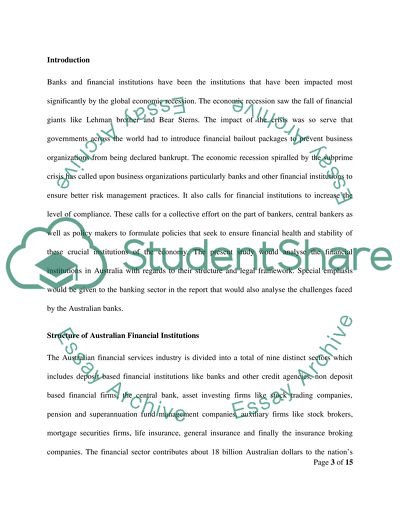Cite this document
(“Research report on Australian financial services industry Essay”, n.d.)
Retrieved from https://studentshare.org/marketing/1422687-research-report-on-australian-financial-services
Retrieved from https://studentshare.org/marketing/1422687-research-report-on-australian-financial-services
(Research Report on Australian Financial Services Industry Essay)
https://studentshare.org/marketing/1422687-research-report-on-australian-financial-services.
https://studentshare.org/marketing/1422687-research-report-on-australian-financial-services.
“Research Report on Australian Financial Services Industry Essay”, n.d. https://studentshare.org/marketing/1422687-research-report-on-australian-financial-services.


